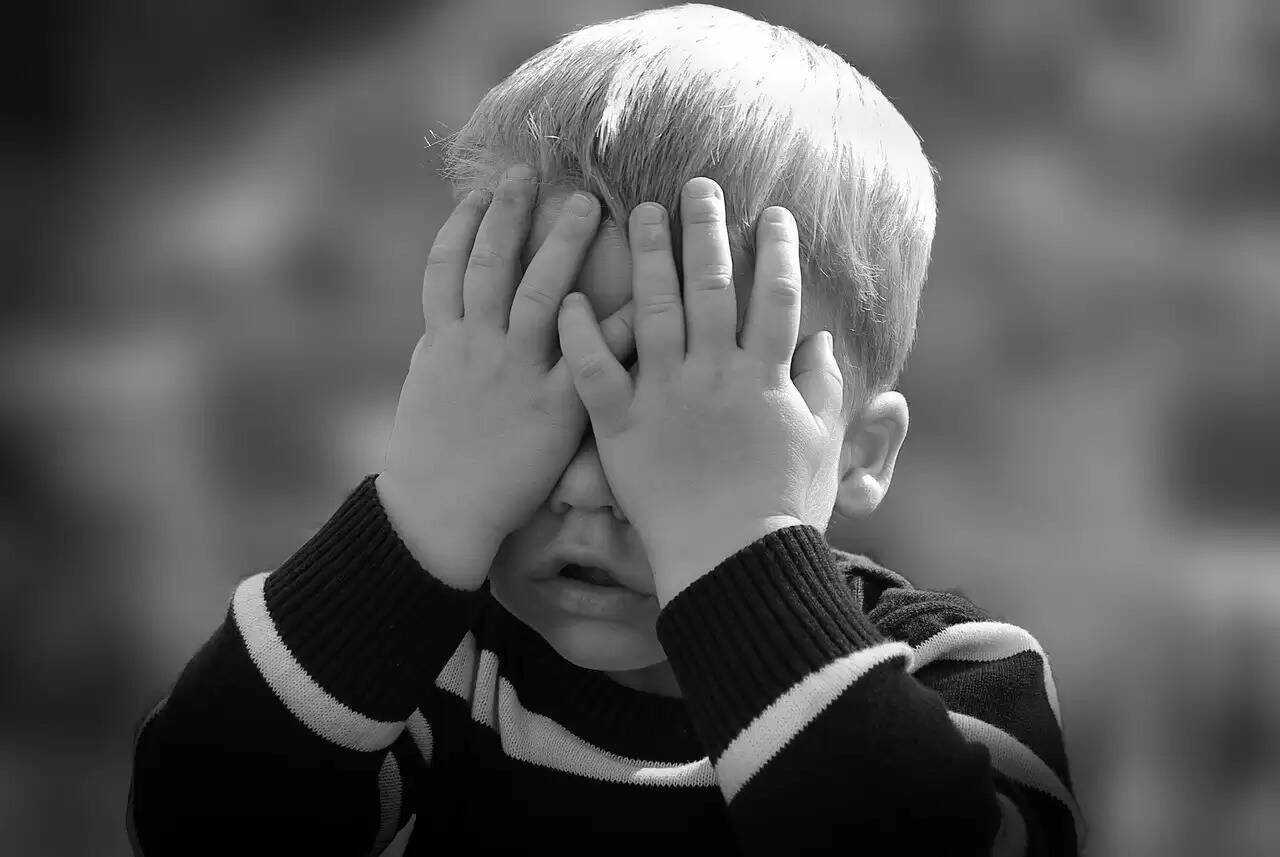Study Discovers How Infants Learn Contrastive Languages

Researchers are trying for find out about how babies are able to comprehend acoustic language related dimensions that are contrastive.
It is as per the linguistic time period wherein variations in sounds and speech exchanged in meanings of words may hold the key to it all.
Contrastive languages and babies
The English letters [b] and [d] are contrastive since changing the [b] in 'ball' to a [d] creates a new word, doll.
It is as per the findings in The Proceedings of the National Academy of Sciences (PNAS) by two computational linguists affiliated with the University of Maryland, a paper was published in relation to it all.
The research is indicative of the finding that is inclusive of infant’s ability for interpretation of acoustic differences with relation to both contrastive and non-contrastive with the contexts of sounds.
If researchers are to be believed, the long-term game is that where there may be apparent differences to the sounds that are contrastive that includes long and quick vowels in Japanese as per the report.
However, when pronunciation is the core to the two sounds that are distinct, the acoustics become ambiguous in natural settings.
As per Kasia Hitczenko, the lead author of the paper, the phonetic gaining knowledge is suggestive of toddlers for mastering the acoustic dimensions that are said to be contrastive in either of the cases.
Her work is suggestive of toddlers being able to draw a difference between the acoustic sounds that are primarily based on the clues of the context itself that are consisting neighbouring sounds.
Her group is able to examine the theory between the two case studies that are inclusive of unique context-based definitions that are comparative information on languages, Japanese, French and Dutch.
Including speech that is the basis of occurrence of one-of-a-kind contexts, these would be made into plots that would summarize vowel duration within each context.
Vowel duration in Japan was discovered to be varied in relation to distinctive contexts with the inclusion of the fact that some had greater shorter vowels while others have extra-long vowels in different contexts. For instance, French vowels length plots were found to be of similar contexts.
Conclusion of the research
Researchers believe that it is able to provide significant account on the context of babies being able to examine speech contrasts of their native language and shows a naturalistic speech, this provides yet another basis of advancing the study into early language learning research.
Maximum languages are inclusive of signs that hold real for the studies conducted on languages, it may be that the same can be applied or generalized to contrasts within other language related studies as well.
It is a long way to go before any research can provide concrete evidence or clearly state how babies learn contrastive languages, as this is just a scratch on the surface that requires a long-term study in the matter.
.jpg)
